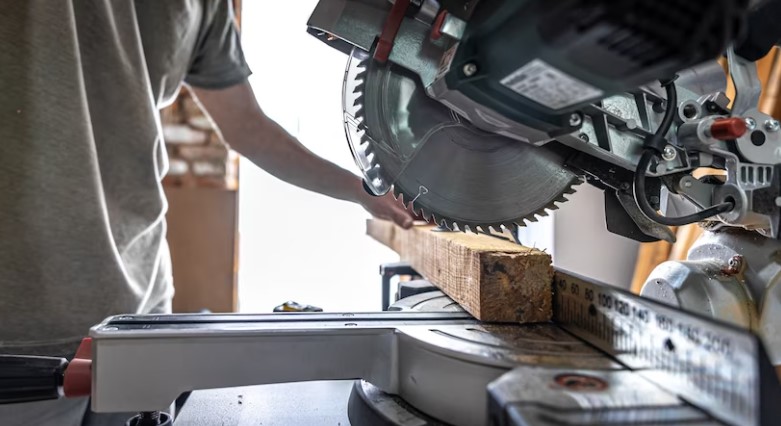Woodworking, an ancient craft rooted in creativity and practicality, has evolved dramatically with the advent of modern machinery Edge Banding Machine. Today, woodworking machinery is the backbone of both small workshops and large-scale manufacturing operations, enabling craftspeople and industrial producers to achieve accuracy, speed, and efficiency that hand tools alone cannot offer.
What is Woodworking Machinery?
Woodworking machinery refers to a wide range of power-driven tools and machines used to cut, shape, join, and finish wood. These machines replace manual labor with motorized efficiency, increasing productivity while maintaining or even improving the quality of work. From crafting delicate furniture to producing large quantities of building materials, woodworking machinery plays a crucial role across industries.
Common Types of Woodworking Machinery
-
Table Saw
One of the most versatile machines in any workshop, the table saw allows precise straight cuts and is often used for ripping and cross-cutting wood. -
Planer (Thicknesser)
A planer ensures uniform thickness across a wooden board by shaving off layers from the surface, making it smooth and even. -
Jointer
Used to straighten edges and flatten surfaces, jointers are essential for preparing boards for gluing and assembly. -
Band Saw
Ideal for cutting curves and irregular shapes, the band saw is a staple for both artistic and functional woodworking. -
Drill Press
A drill press provides accurate drilling at specific angles and depths, essential for joinery and hardware installation. -
Lathe
Lathes spin the wood while a stationary tool shapes it, perfect for creating cylindrical pieces like table legs, bowls, and spindles. -
CNC Routers
Computer-controlled routers can carve intricate designs and patterns with extreme precision, revolutionizing modern woodcraft and custom furniture design. -
Dust Collectors
Not a cutting tool, but equally vital—dust collectors maintain air quality and keep workspaces clean, enhancing both safety and efficiency.
Applications of Woodworking Machinery
Woodworking machinery is employed in numerous fields including:
-
Furniture making: From mass-produced flat-pack furniture to high-end custom pieces.
-
Construction: For structural elements, flooring, cabinetry, and moldings.
-
Carpentry: Providing essential tools for trim, framework, and installation work.
-
Artisan woodworking: Enabling fine craftsmanship in musical instruments, sculptures, and décor.
The Benefits of Woodworking Machinery
-
Efficiency: Machines perform repetitive tasks faster and more consistently than manual methods.
-
Precision: Advanced tools, especially CNC machines, allow for millimeter-perfect cuts and detailed designs.
-
Scalability: Machinery supports high-volume production without compromising on quality.
-
Safety: While machinery requires training, modern tools come with safety features that reduce risk compared to hand tools when used properly.
Looking Ahead
With the integration of digital technology, automation, and smart sensors, woodworking machinery continues to evolve. The rise of CNC technology and computer-aided design (CAD) has transformed traditional woodworking into a blend of craftsmanship and engineering. Even hobbyists now have access to compact versions of professional-grade machines, democratizing access to high-quality woodworking tools.
Conclusion
Woodworking machinery has become a cornerstone of modern woodcraft, combining tradition with innovation. Whether you’re a professional carpenter, a furniture manufacturer, or a DIY enthusiast, these machines provide the tools needed to turn raw wood into functional and beautiful creations with unmatched precision and efficiency.
